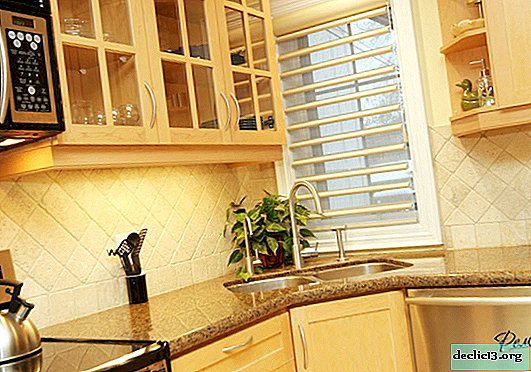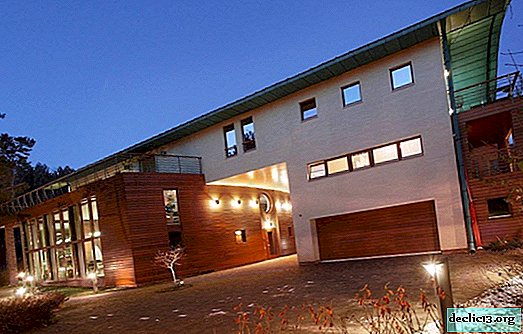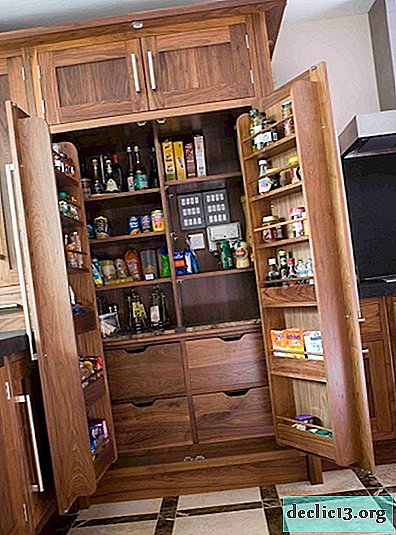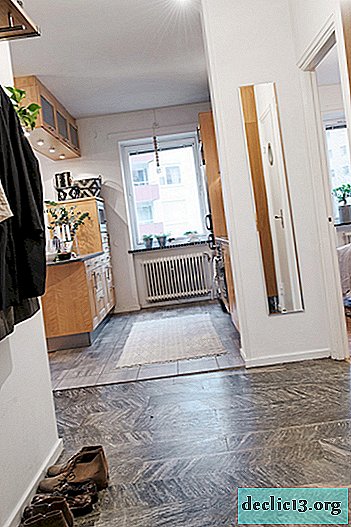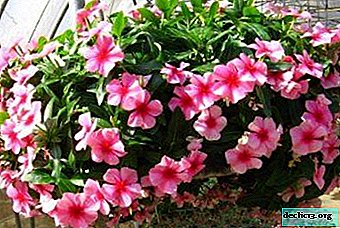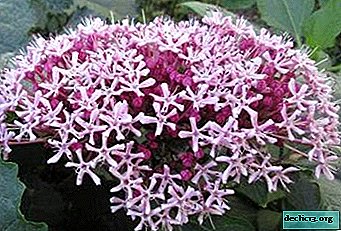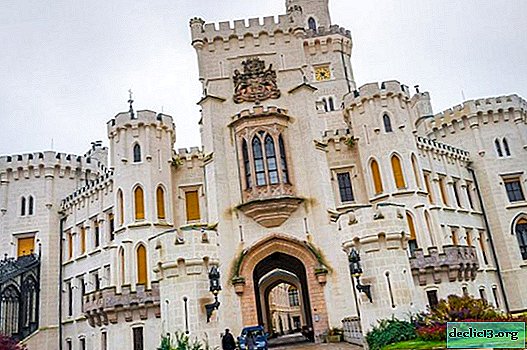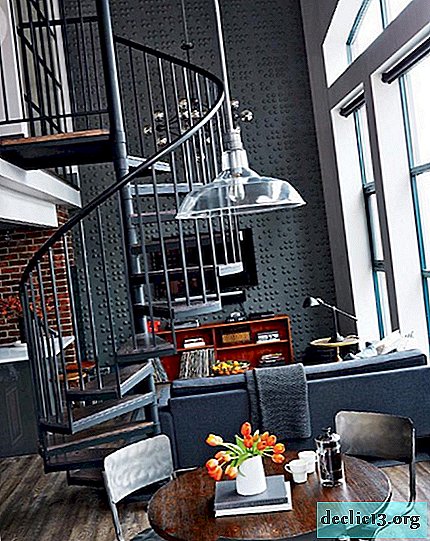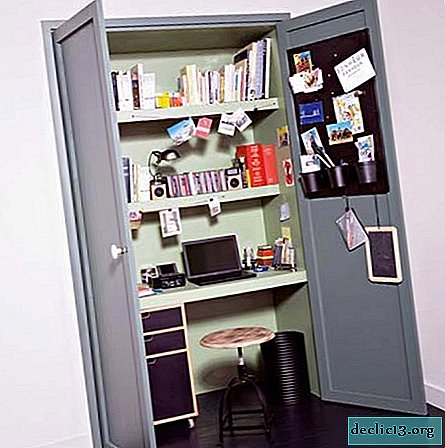Japanese-Style Country House
European fashion for oriental trends in interior styles is explained by their desire to learn the secret of human existence through the prism of oriental wisdom. Oriental directions in architecture and construction attract residents of other countries with unusual and unusual design, completely different traditions in the arrangement of their homes. The oriental directions include both Indian and Arab, and Asian (including Japanese) stylistics.
The Japanese style in the design of houses attracts the opportunity to embody simplicity and grace, comfort and coziness in one project without unnecessary details and accessories. The Japanese interior is interesting in that it observes ancient national traditions, respect for nature and respect for everything around. However, for residents of Europe to recreate an authentic interior in the style of the land of the rising sun is quite difficult, not always acceptable. Therefore, the best option for home improvement will be an option that combines Japanese motifs and modern trends in the art of interior and exterior design, as in the project in the photo:
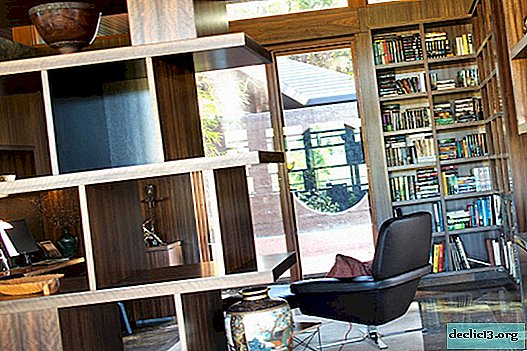
What is characteristic of the Japanese style in architecture and design
- harmony, simplicity and grace, clarity and severity of lines, a minimum of accessories;
- glass, stone and wood - the main materials in the construction of a Japanese house:

- discreet color palette:

- space transformation with the help of sliding doors and lightweight partitions:

Japanese style landscape
For the Japanese, with their reverent attitude to pristine nature, the design of the site around the house is of great importance. In the design of the landscape, they embody the philosophical ideas of various teachings. Stones and water here are the embodiment of magical power, sacred symbols. If the site is small, you can make a miniature pond pool and stone it:

The site where the pond is located is the most successful option for decorating the landscape in the Japanese style. It is enough to decorate the coast with stone blocks, arrange several large uncultivated stones throughout the adjacent territory, and your site will become an impromptu Japanese garden:

Multilevel plantings are used to create the Japanese landscape: dwarf trees and tall pines, low shrubs and moss covering the stones. In this style there should not be a neatly trimmed crown in the manner of a topiary, all plants should retain their original appearance:


Japanese Exterior
Classic Japanese houses are built on a special principle: you can go inside from different angles. To one of the entrances to the house you can mount a wooden flooring with steps. A very original and original version of the design of the local area:

On the other hand, the path to the house can be laid out with stone or concrete slabs:

Terraces and verandas are an integral part of the Japanese house. Here you can focus on your inner world, contemplating the picturesque landscapes. Therefore, the covered extensions to the house are equipped with panoramic windows and doors. On such a veranda near an artificial reservoir, a berth harmoniously fits:

Another way to get closer to nature in a Japanese house is to have an outdoor terrace next to the water:


Japanese-style interior
In a traditional Japanese house there is no clear division into separate rooms: the space is delimited by partitions. In the modern interior of the Japanese style, close to European standards, you can apply a variety of methods of zoning. An excellent solution for dividing a room into zones is a multifunctional partition-cabinet:

Another rational way to partition a room is shelving:

Decoration Materials
Depending on the purpose of the premises, materials for decoration are also selected. If stone prevails outside, then inside the room there is a tree that perfectly retains heat and creates a cozy atmosphere:


Living room decoration
In the living room from Japanese traditions, you can leave colors, natural decoration materials and accessories with national colors. Modern household appliances and European furniture will emphasize the originality of design:

Bedrooms
The interior of the bedroom corresponds to minimalism in the traditions of the ethnic group of Japan. The absence of unnecessary details, furniture, bright decor items emphasizes the special charm in the bedrooms:


Kitchen
Strictness, restraint, simplicity and convenience of a modern kitchen with notes of Japanese flavor - the style and respectability of the interior of the kitchen. Furniture facades are smooth, without decorations, plumbing fixtures and built-in appliances - everything should be extremely concise and functional:


The dining area is bright and airy. The homespun carpet on the floor smooths out a certain coldness of the interior and serves as an original accessory:

Bathroom
Japanese-style bathrooms are designed with austerity and simplicity of lines. The room must be zoned to the place for washing:

taking a shower:

and ofuro area (traditional Japanese bath):

Household block
The room for household needs, decorated in a Japanese style, is convenient in operation:


Lighting Principles
The Japanese pay considerable attention to the organization of lighting in their homes. The light should be dim and scattering. For this, pendant lights of various configurations can be used:


Multi-level night lighting system:

Some Japanese traditions
The symbol of the circle in Japanese culture is a symbol of not only the sun, but also the unification of the nation. Therefore, very often in the decor of Japanese houses you can see the image of a circle:


Porcelain dishes for the Japanese are a symbol of prosperity and well-being. In many families, collections of porcelain are created, which are passed on from generation to generation:

Thus, organizing a modern interior in the Japanese direction using the traditions of other cultures and traditions, adapting the home to the actual realities of reality, you can create individual and unique trends in design art.



